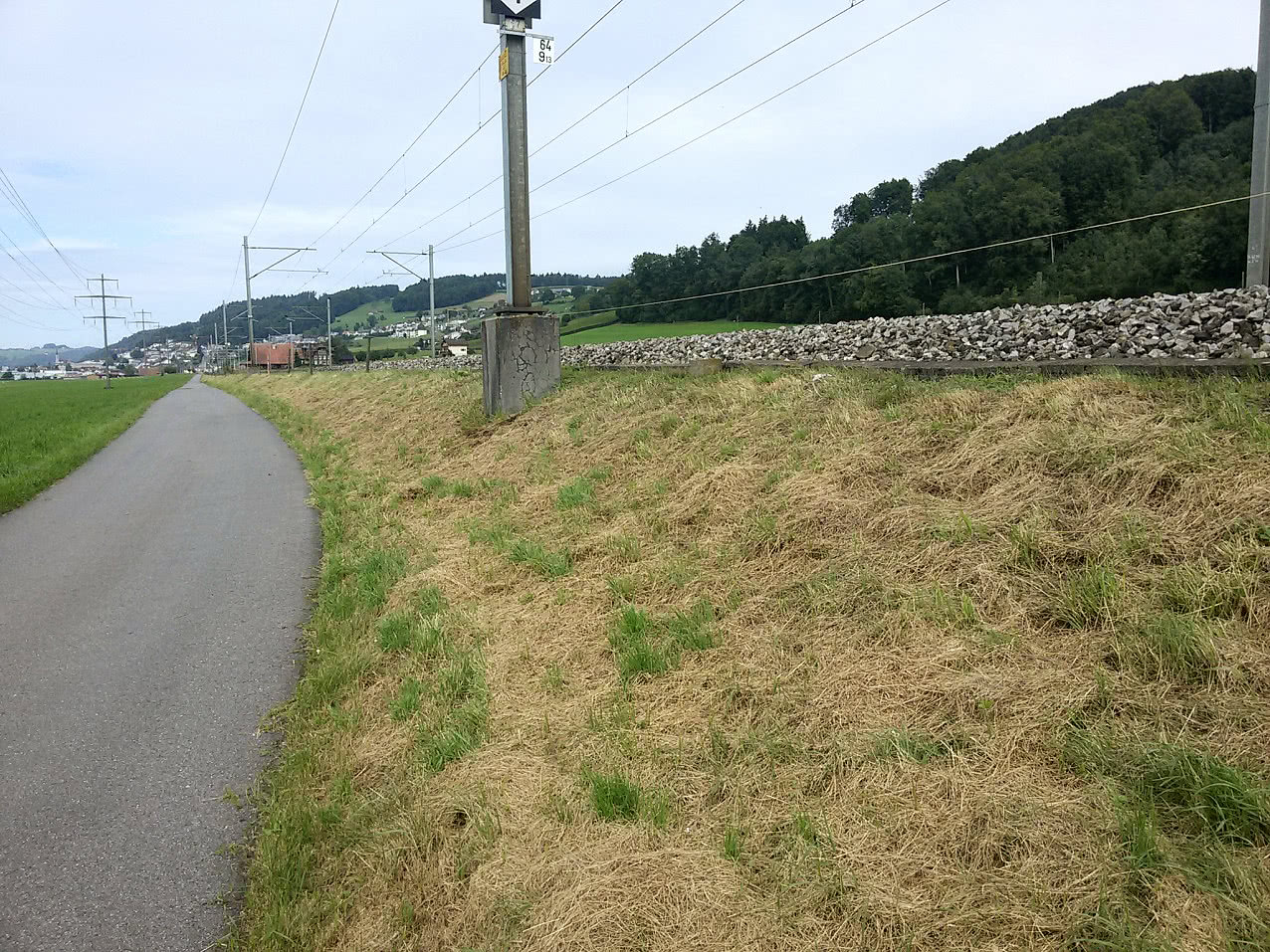 [vogelwarte.ch 11 Sept 2019] About 40 per cent of Swiss breeding bird species feed almost exclusively on insects. A further 25 % have a mixed diet, but rely mainly on insects to feed their young. The demand for suitable insects that are easy to catch is therefore great. Although data are scarce, it is safe to say that fewer insects exist today than a few decades ago. This loss is documented for several areas in Germany, where insect biomass has decreased by 75 % in the past 27 year. The situation can be improved using simple measures: Leaving at least 10 % of surface area as refuges at each cutting must become standard procedure in low-intensity and litter meadows. These uncut refuges have been proven to have a positive effect on insects. Pesticides must be severely restricted and should not be applied preventively, but only when damage has reached a certain threshold. Studies have shown that pesticides can be reduced by 42 % without loss of productivity. Information campaigns are needed to raise consumers' willingness to buy food grown with minimal use of pesticides. The majority of green spaces in settlements are artificial and over-maintained, making them unattractive for insects. Garden experts and owners should be educated about insect-friendly and natural garden design. Railway and road embankments can become hotspots for insects if they are appropriately managed. Instead of cutting and mulching the entire surface (like in the picture), a third of the area should remain uncut. Removing the cuttings prevents thatch and keeps the soil low in nutrients. © Roman Graf.
[vogelwarte.ch 11 Sept 2019] About 40 per cent of Swiss breeding bird species feed almost exclusively on insects. A further 25 % have a mixed diet, but rely mainly on insects to feed their young. The demand for suitable insects that are easy to catch is therefore great. Although data are scarce, it is safe to say that fewer insects exist today than a few decades ago. This loss is documented for several areas in Germany, where insect biomass has decreased by 75 % in the past 27 year. The situation can be improved using simple measures: Leaving at least 10 % of surface area as refuges at each cutting must become standard procedure in low-intensity and litter meadows. These uncut refuges have been proven to have a positive effect on insects. Pesticides must be severely restricted and should not be applied preventively, but only when damage has reached a certain threshold. Studies have shown that pesticides can be reduced by 42 % without loss of productivity. Information campaigns are needed to raise consumers' willingness to buy food grown with minimal use of pesticides. The majority of green spaces in settlements are artificial and over-maintained, making them unattractive for insects. Garden experts and owners should be educated about insect-friendly and natural garden design. Railway and road embankments can become hotspots for insects if they are appropriately managed. Instead of cutting and mulching the entire surface (like in the picture), a third of the area should remain uncut. Removing the cuttings prevents thatch and keeps the soil low in nutrients. © Roman Graf.